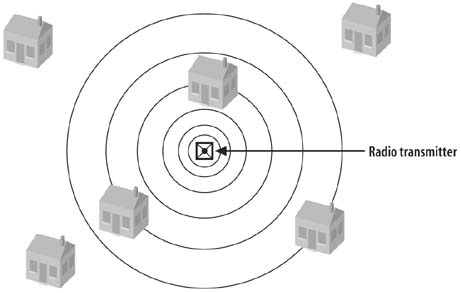Chapter 6. Listening to Internet Radio
Internet radio has been around for more than a decade. But it’s just now really beginning to take off, as more and more people look for alternatives to the canned, cookie-cutter programming offered by the conglomerates that have taken over much of broadcast radio.
In this chapter, you will learn about the unique features of Internet radio, along with some of the current drawbacks. We’ll describe several popular Internet radio services and niche sites, and we’ll show you how to tune in via your jukebox program or with a dedicated tuner program.
Broadcast Radio
Radio was first defined as “a wireless means of communication, via waves of electromagnetic radiation.” From television to microwave ovens, radio underlies much of modern technology. However, the word “radio” alone still refers primarily to audio programs produced by radio stations, whose signals are broadcast by the stations’ transmitters to any number of receivers. A listener uses the tuner of a receiver to select any station whose signal is within range of the receiver and listen to its currently broadcasted program. These over-the-air broadcasts don’t need to be directed to each individual receiver to reach their listening audience (Figure 6-1). There is no limit to the number of listeners who can “tune in” to a station at the same time.
 |
The status quo
Broadcast ...
Get Digital Audio Essentials now with the O’Reilly learning platform.
O’Reilly members experience books, live events, courses curated by job role, and more from O’Reilly and nearly 200 top publishers.

